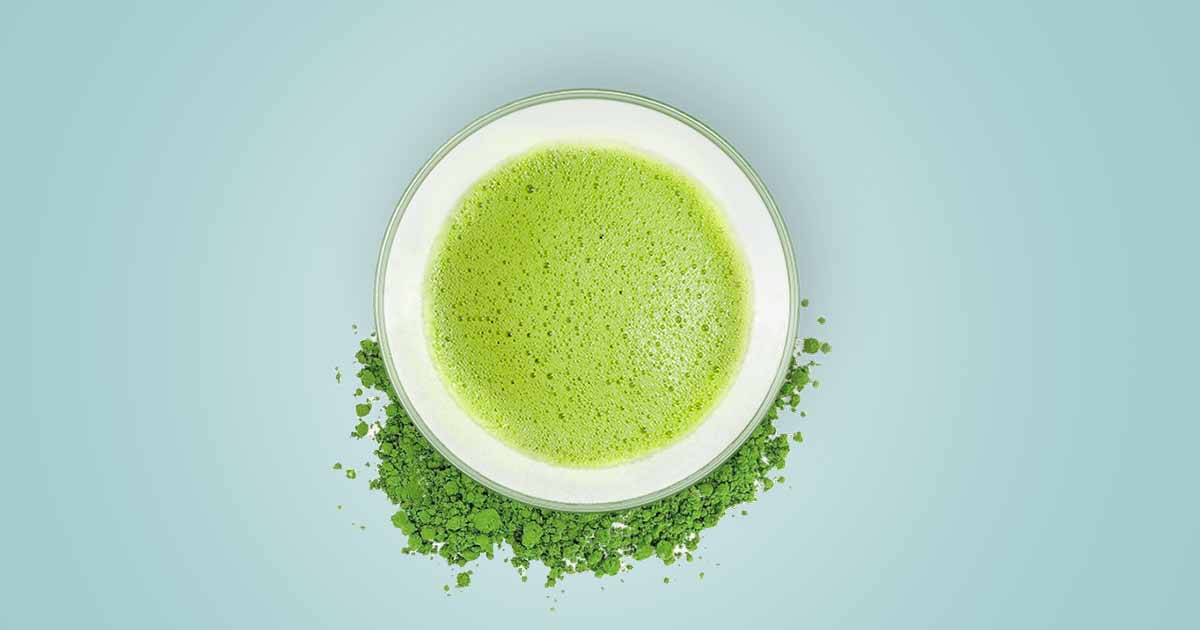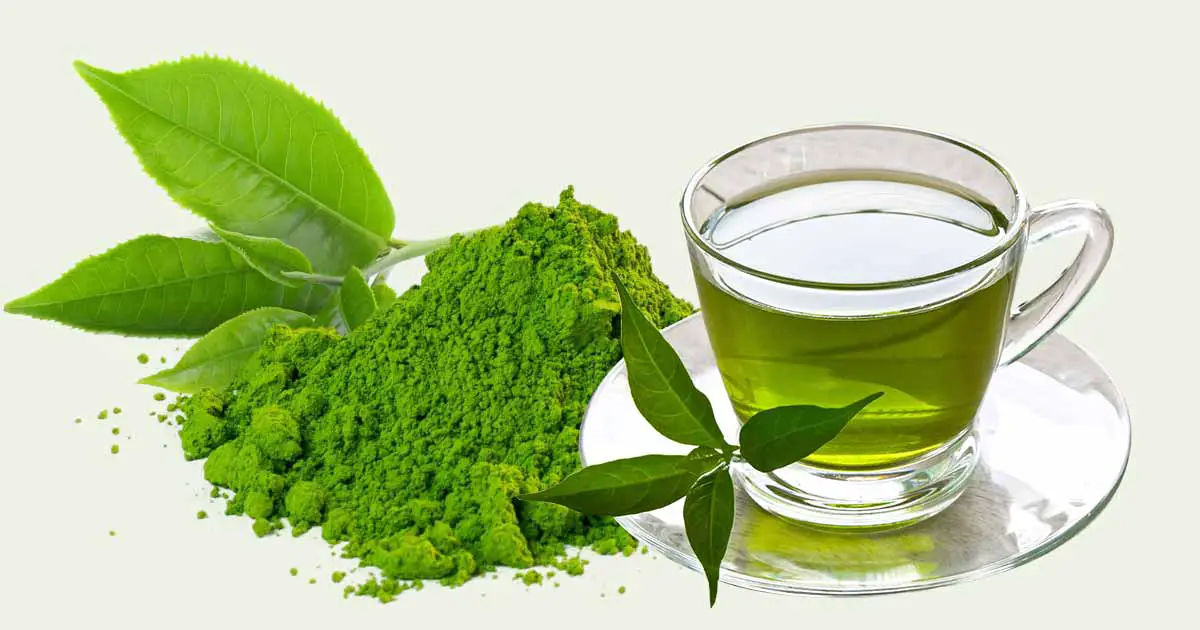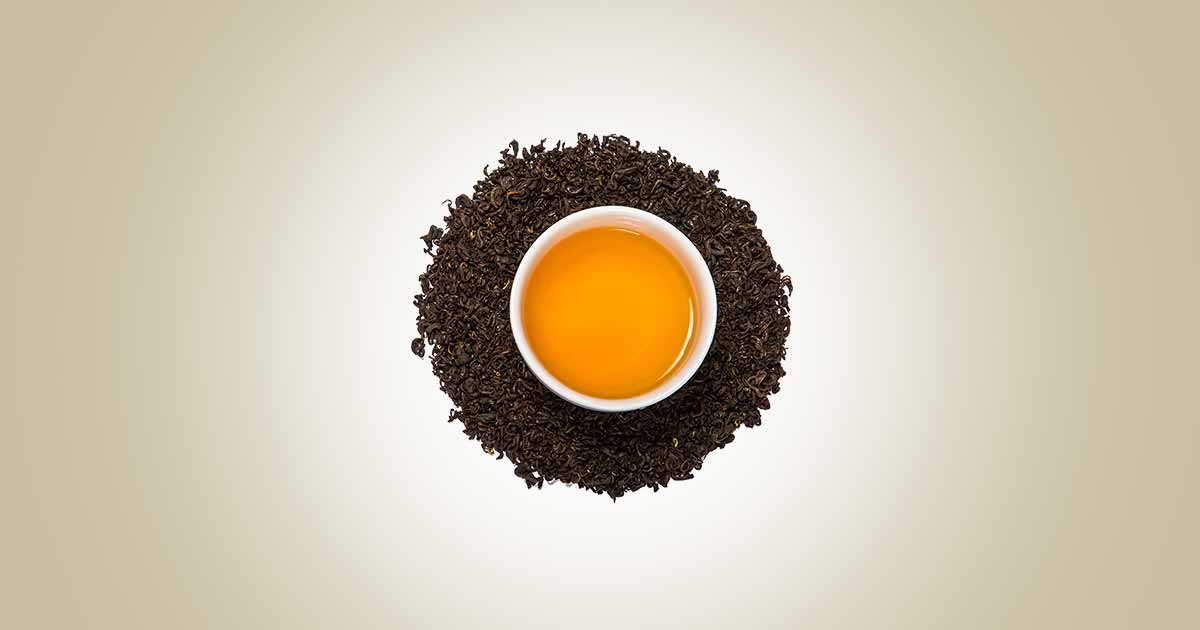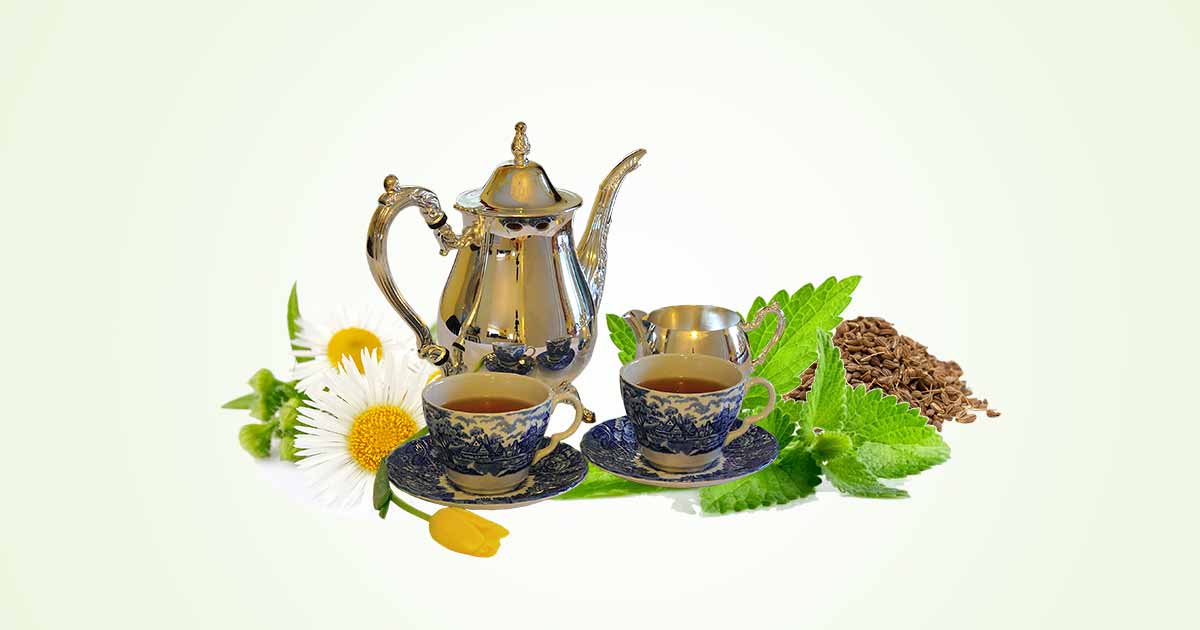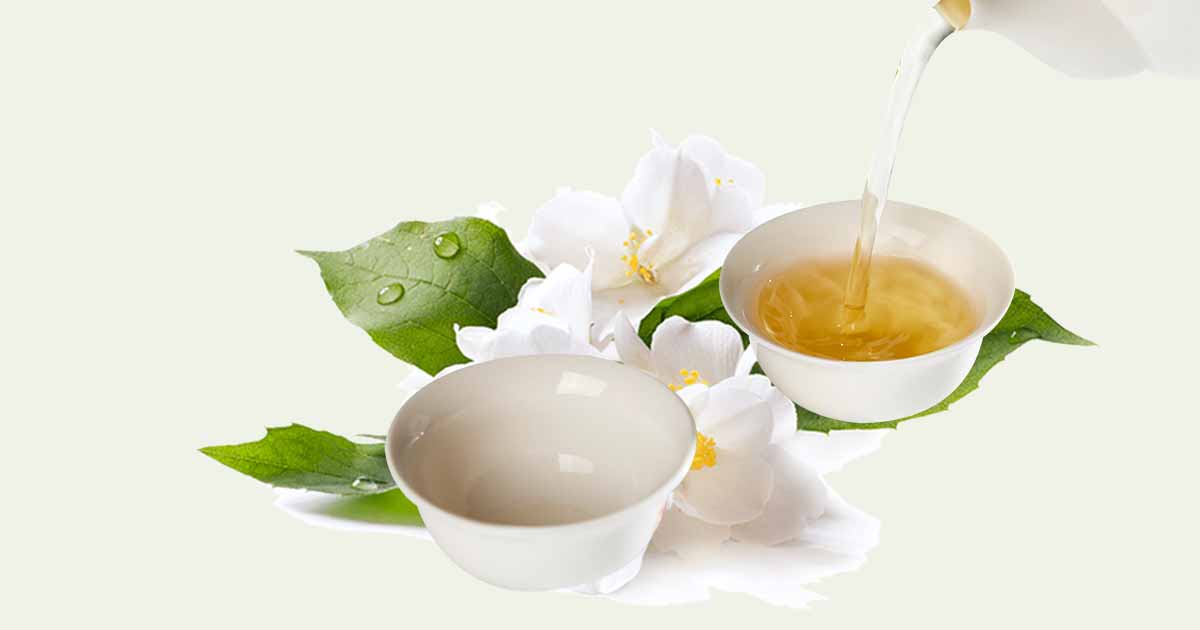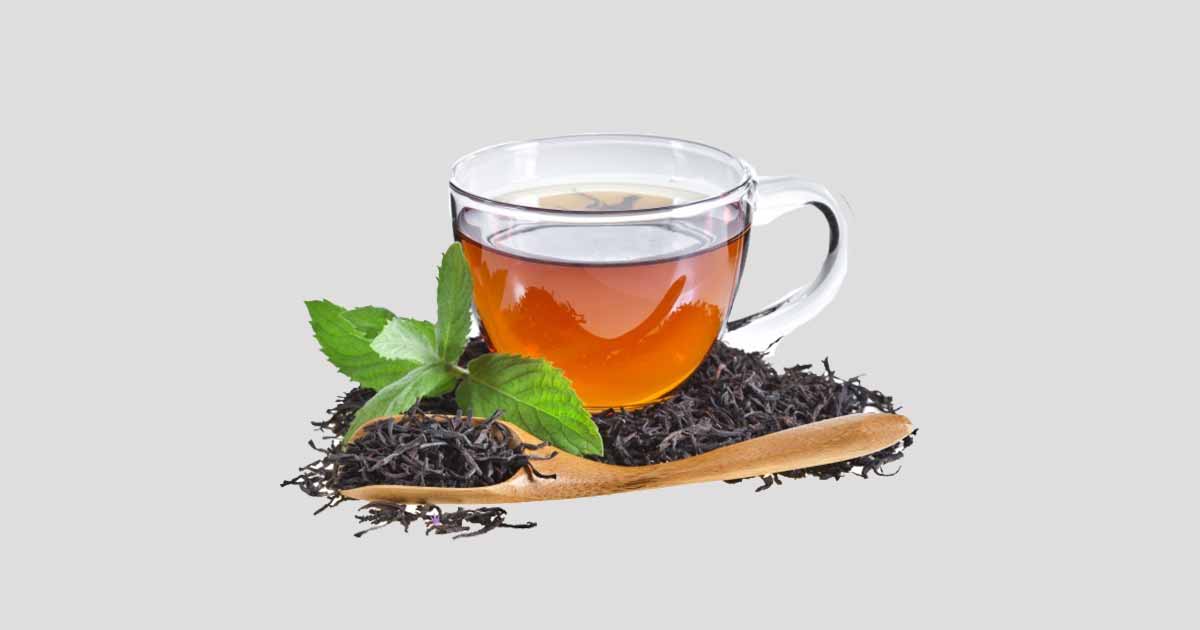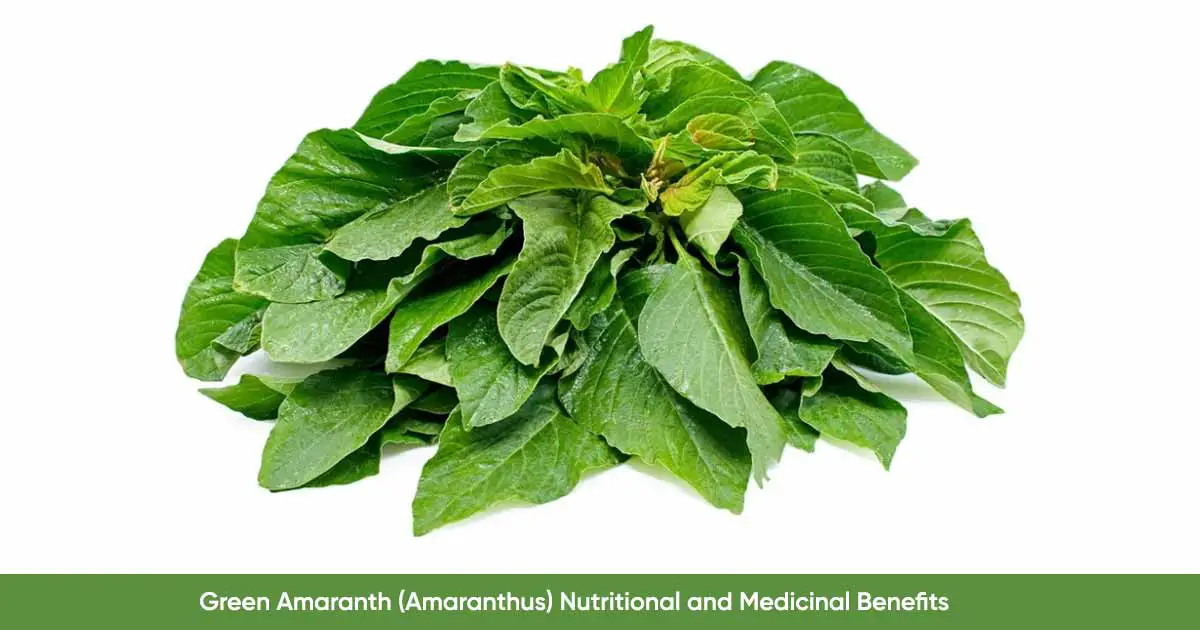After water, tea is the second most consumed beverage. Green tea comes in different forms such as the Japanese matcha green tea, a type of powdered green tea, from the Tencha variety of the Camellia sinensis leaves. It is made from the young leaf tips of green tea plants.
All types of tea such as the black tea, white tea, green tea, oolong tea, white tea, are made from the leaves of Camellia sinensis. However, the method of processing (fermented, unfermented or semi-fermented) will determine the type of tea.
Matcha green tea differ from other green tea due to the planting and processing method. It is harvested earlier at a younger age, and all unnecessary fibers removed. In processing, the leaves are steamed to prevent oxidation. It is then air-dried and milled into powder.
Matcha green tea contains more caffeine, and L-theanine, than other green teas, but lower levels of catechins. The taste and aroma of matcha green tea is of high quality, howver, it is not very popular.
Natural Compounds in Matcha Green Tea vs. Green Tea
Matcha green tea is loaded with polyphenols which has antioxidant activity as strong as vitamin C, vitamin E. It contains low levels of catechins compared to normal green tea, but higher levels of amino acid L-theanine, theobromine (alkaloid), and caffeine.
The high levels of caffeine in matcha green tea (between 8.9 and 44.4 mg/g) over other green teas (11.3–24.67 mg/g) gives matcha tea, the unique aroma and flavor. Caffeine level depends on when the tea leaves are harvested. The older the leaves, the lower the caffeine levels.
The low levels of the catechins such as epicatechin (EC), epicatechin-3-gallate (ECG), epigallocatechin (EGC), and epigallocatechin-3-gallate (EGCG) may be due to shading of the tree plant from sunlight, which may reduce the polyphenols levels. Epigallocatechin-3-gallate (EGCG) is the most abundant of all the catechins.
Phenolic acids present in matcha tea include gallic acid, p-hydroxybenzoic acid, chlorogenic acid, caffeic acid, ferulic acid, and ellagic acids.
Matcha green tea has more flavonoids such as rutin, quercetin than other green tea. Matcha has more polyphenols than black tea.
Pigment such as chlorophyll is present. Theanine, an amino acid, is present in large amount in matcha green tea than other green teas. This is because matcha is grown under shade, so the theanine does not break down. Theanine helps to improve the taste of matcha.
Matcha contains a high level of vitamin C, about double than in other green teas.
Health Benefits of the Matcha Green Tea
Improves memory and attention: Caffeine and amino acid, theanine, constituents in matcha works together to improve attention, efficiency, memory, alertness, and concentration than when used alone. They also have stress, and fatigue relieving effect.
Powerful antioxidants: Matcha green tea contains epigallocatechin gallate (EGCG), epigallocatechin (EGC), epicatechin gallate (ECG), flavonoids (rutin, quercetin), caffeine, pigment like chlorophyll, vitamin C, and phenolic acids. These compounds are natural antioxidants that neutralize free radicals and fight diseases.
Matcha tea has more antioxidants than other green tea.
Anti-inflammatory activity: Caffeine has anti-inflammatory activity. It inhibits the secretion of proinflammatory cytokines. Catechins, phenolic acids, flavonoids, and chlorophylls are all antioxidants that scavenge reactive oxygen species and prevent inflammatory processes.
Antidiabetic effect: EGCG, phenolic acids, and quercetin, may have hypoglycemic activity. They lower glucose levels, inhibit starch digestion, lipids and glucose glucose absorption, and improve insulin secretion and sensitivity. Other functions include control of lipid and carbohydrate metabolism.
Anticancer activity: Epigallocatechin gallate (EGCG), the most studied anticancer constituent in green tea has antioxidant, anti-inflammatory activities, and also inhibit tumour angiogenesis, and cancer. It also induces apoptosis (programmed cell death).
EGCG has been studied in regard to its anticancer activity against colorectal cancer, adenoma, gall bladder, bile duct cancers.
Phenolic acids and vitamin C are also thought to have anticancer properties.
Weight loss: Green matcha tea improves metabolism by modulating resting metabolic rate. It also decreases body fat in addition to resistance training. Hence, it is a good beverage for those on weight loss journey.
Improve cognition: EGCG can help to improve cognition and reduce the risk of cognitive decline due to the antioxidant, anti-inflammatory effect. Caffeine also reduce the deposition of amyloid-β in the brain, preventing neurodegenerative diseases, like Alzheimer’s disease.
Protects the cardiovascular system: Green matcha tea has flavonoids, and EGCG, powerful antioxidants that can protect the heart muscles, and prevent inflammatory damages to the cardiac muscles.
References:
- https://pdfs.semanticscholar.org/cfce/9101ef75772d0441213746367524622e8d57.pdf
- https://collegeofmedicine.org.uk/wp-content/uploads/2020/04/Matcha.pdf

